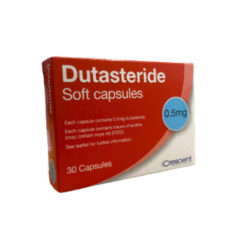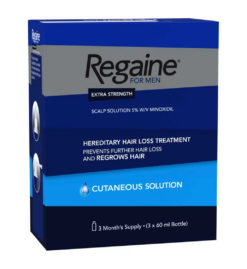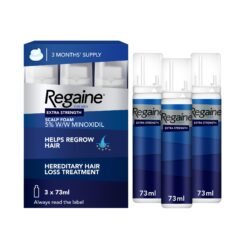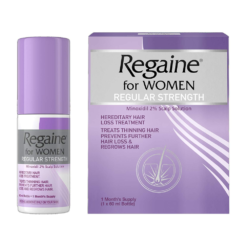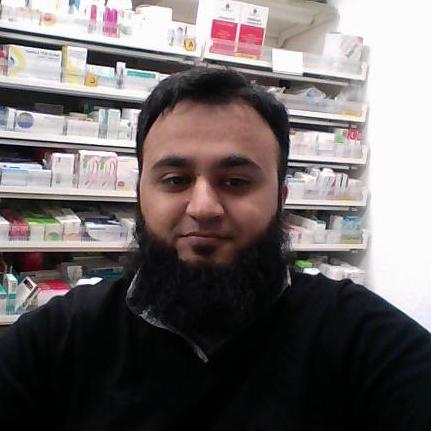Hair Loss Treatment for Men & Women
Hair loss (alopecia) is a common issue that affects both men and women. The most common cause of hair loss in men is male patterned baldness. This is also known as androgenetic alopecia. Androgenetic alopecia can also be present in women. This form of hair loss affects half of all men by the age of 50. In some men it can start around the age of 20, and tends to be hereditary. Although male patterned baldness is not medically harmful, it can be a distressing and difficult issue to deal with.
In this type of hair loss there is typically:
- A receding hairline
- Loss or thinning of hair around the crown or temples
Male patterned baldness occurs because the hair follicles on the head react to the male hormone testosterone, and convert to another hormone called dihydrotestosterone (DHT). The causes the hair follicles to shrink and not function properly, which results in hair loss.
Hair loss can have immunological causes (known as alopecia areata). This is when patches of hair begin to fall out, due to the immune system attacking the hair follicles. In severe cases, it can affect the whole scalp. This type of hair loss is more common in women than in men. Hair loss can also be temporary, which can be caused by stress, weight loss, cancer treatment and vitamin deficiency.
Can stress cause hair loss?
Yes, stress can lead to hair loss. It can cause several types of hair loss, such as telogen effluvium, where hair shifts faster than average from its growing phase into the resting phase before falling out. Managing stress and maintaining a healthy lifestyle can help minimise its impact on your hair.
Is there a cure for hair loss?
It is important to distinguish the underlying cause of the hair loss in order to treat it. Temporary hair loss may have to be treated differently, or in some cases may not need any treatment.
There is no cure androgenetic alopecia, nor is it preventable. However, there are a number of treatment options available that can minimise further hair loss, and may cause new hair to grow.
Hair Loss Treatment
There are two treatment options suitable for androgenetic alopecia– Finasteride 1mg tablets (brand name Propecia) and Minoxidil (brand name Regaine).
Finasteride/Propecia
- Finasteride can only be prescribed to men over the age of 18.
- Works by reducing the level of DHT and can increase the amount of hair on the head
- 66% of men show an increase in hair growth, and 83% experience no further hair loss
- Comes as a 1mg tablet which is to be taken daily
- Has to be taken continuously 3-6 months for results to show
- If treatment is stopped, then hair loss will resume around 6 months after
Finasteride can have side effects which are commonly decreased sex drive, ejaculation and erection issues, breast tenderness and skin rashes.
Finasteride is not suitable for:
- Women
- Men with prostate issues
- If the female partner is trying to get pregnant
- If you have liver disease or on dialysis
Recommended products:
- Propecia 1mg tablets- 28 tablets
- Finasteride 1mg tablets- 28 tablets
Minoxidil/Regaine
- Available without prescription
- Can be used by both men and women aged 18 and over
- There are separate Regaine products designed for women
- Effective in 60% of men with male patterned baldness
- Available as a liquid or foam (2% or 5% concentration) that is applied to the scalp once a day
- Works by increasing blood flow to the scalp, which can stimulate and encourage hair growth
- May need to be used for around 4 months to see visible results
- If treatment is stopped, hair loss will resume in around 3 months’ time
Possible side effects of Minoxidil/Regaine are an initial increase in hair loss, skin irritation and increase in facial hair.
Minoxidil/Regaine is not recommended for severe hair loss.
Recommended products:
- Regaine for Men Extra Strength Foam (Minoxidil 5%)
- Regaine for Men Extra Strength Scalp Solution (Minoxidil 5%)
- Regaine for Women Regular Strength (Minoxidil 2%)
- Regaine For Women Extra Strength Scalp Foam 5% W/W Cutaneous Foam




